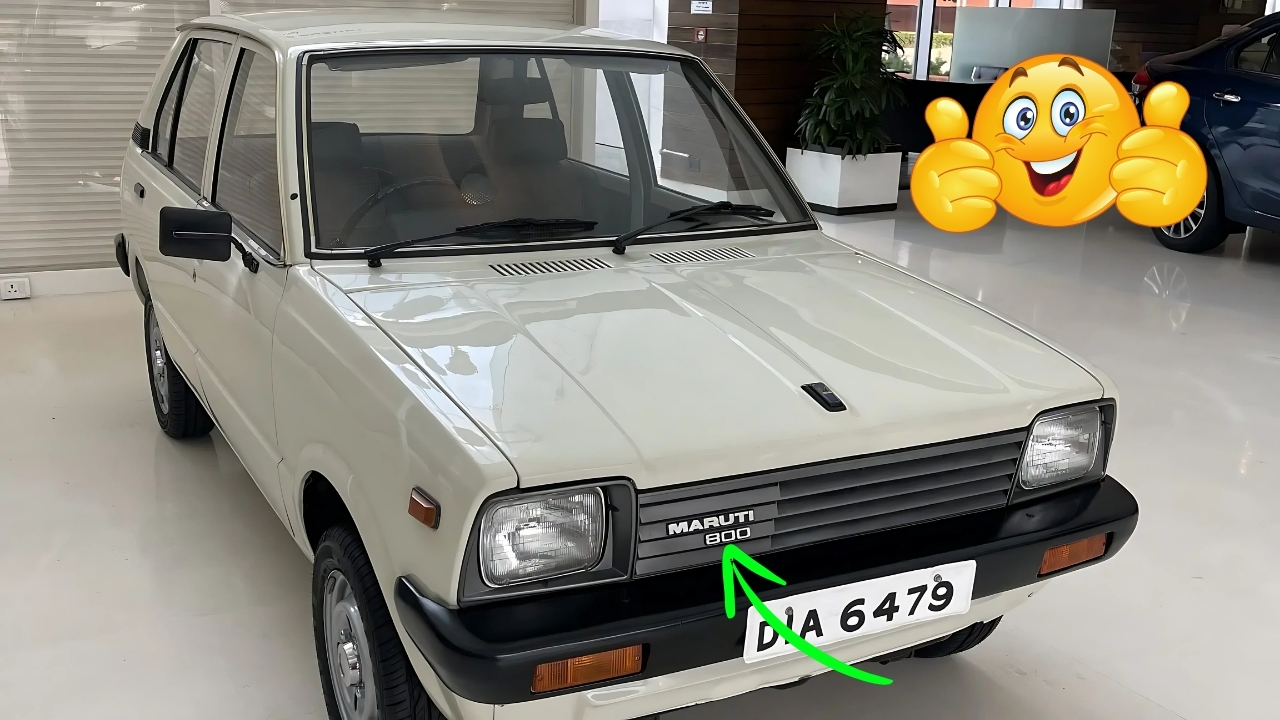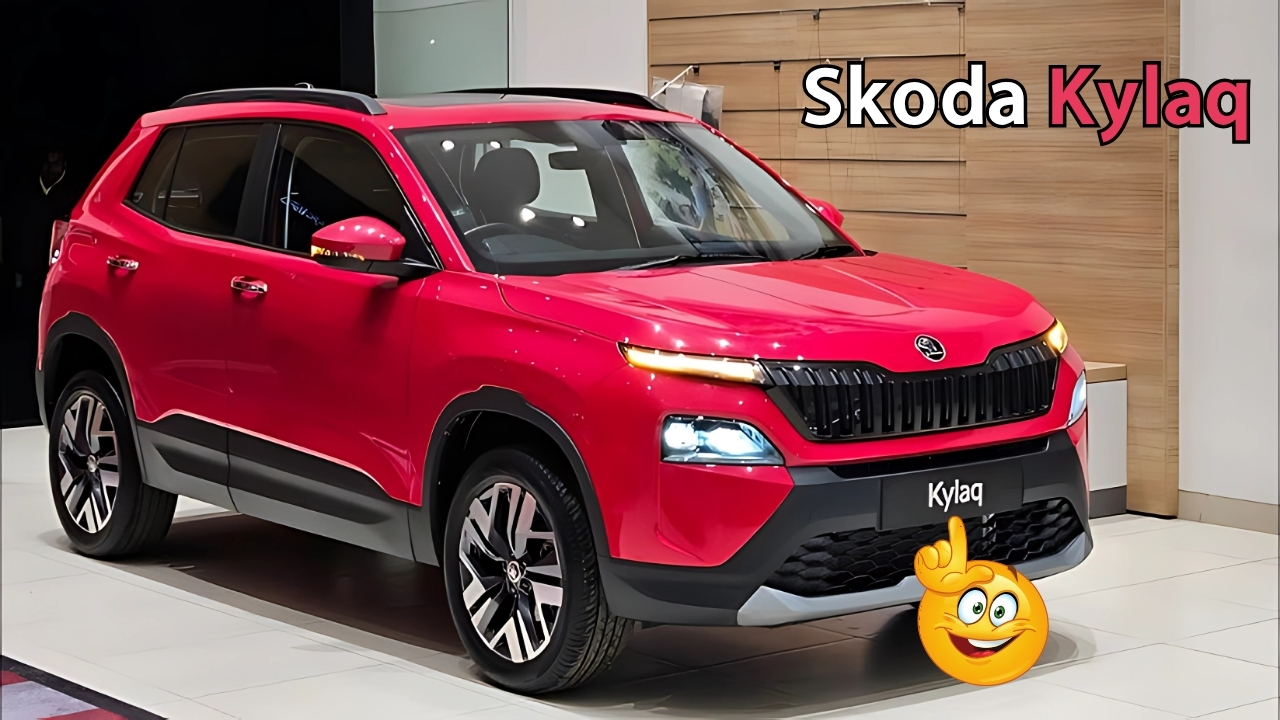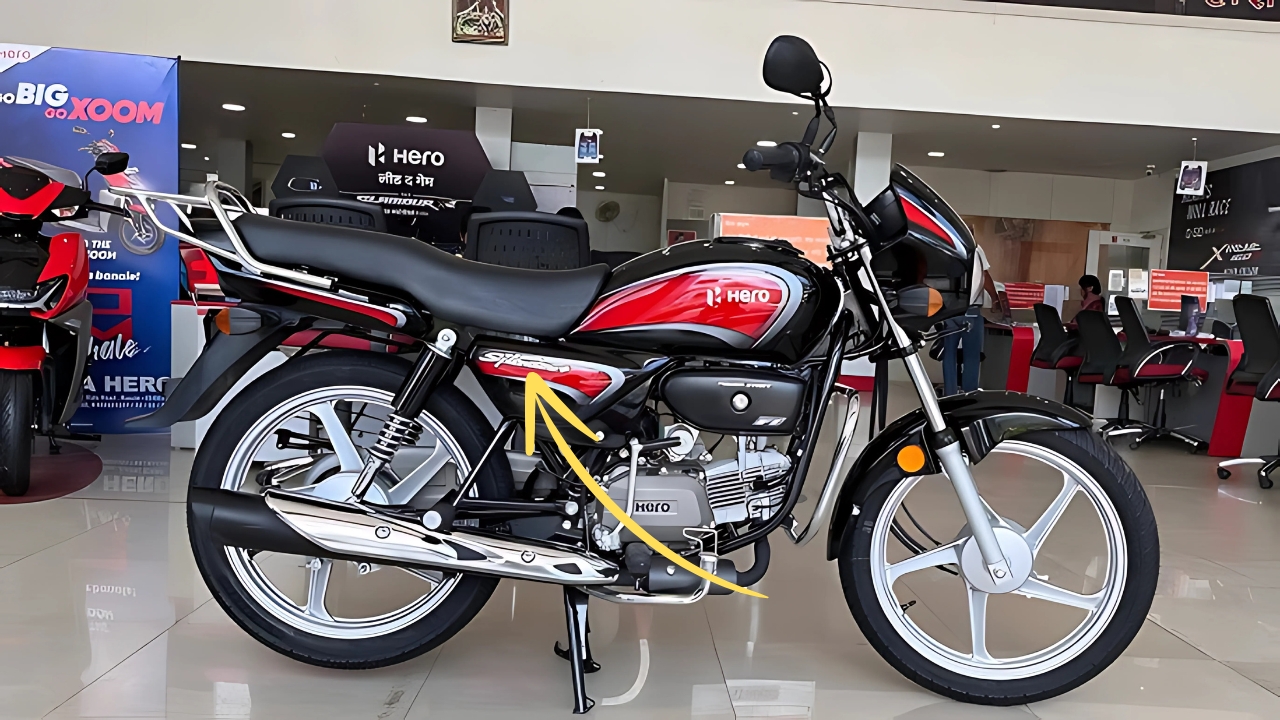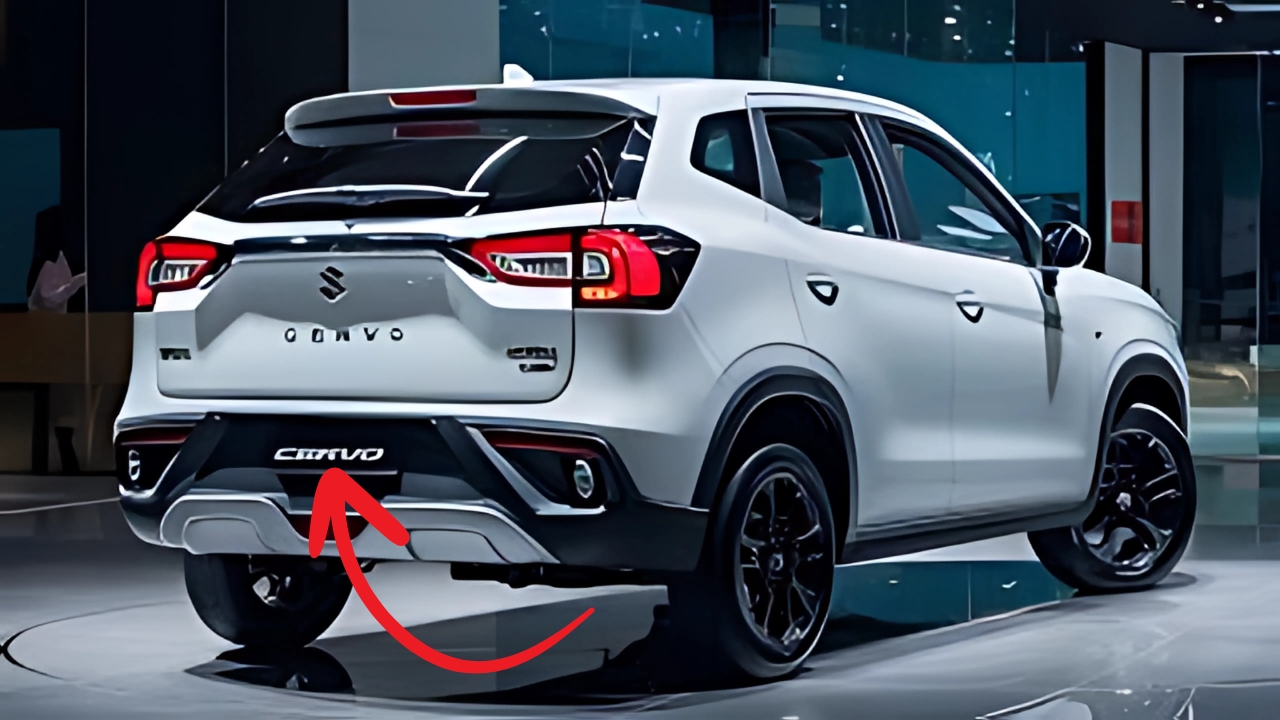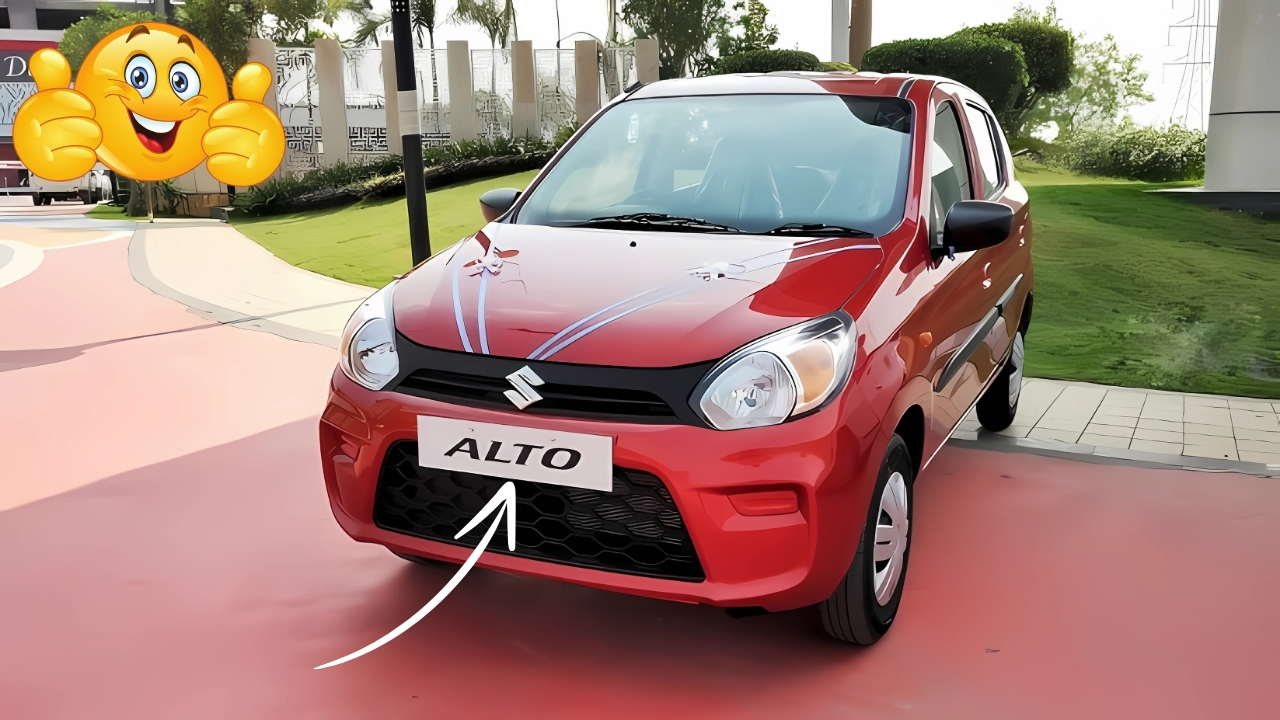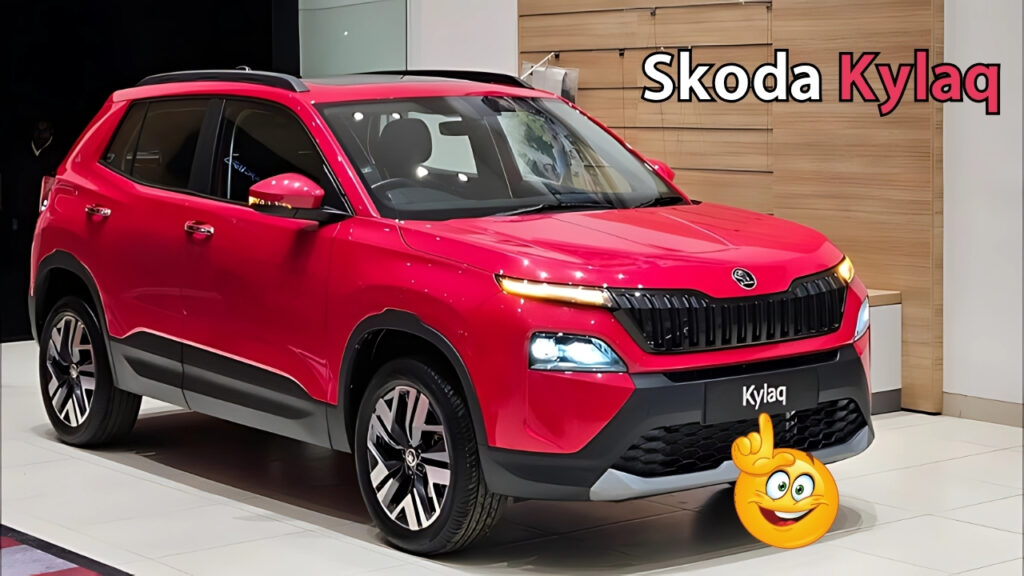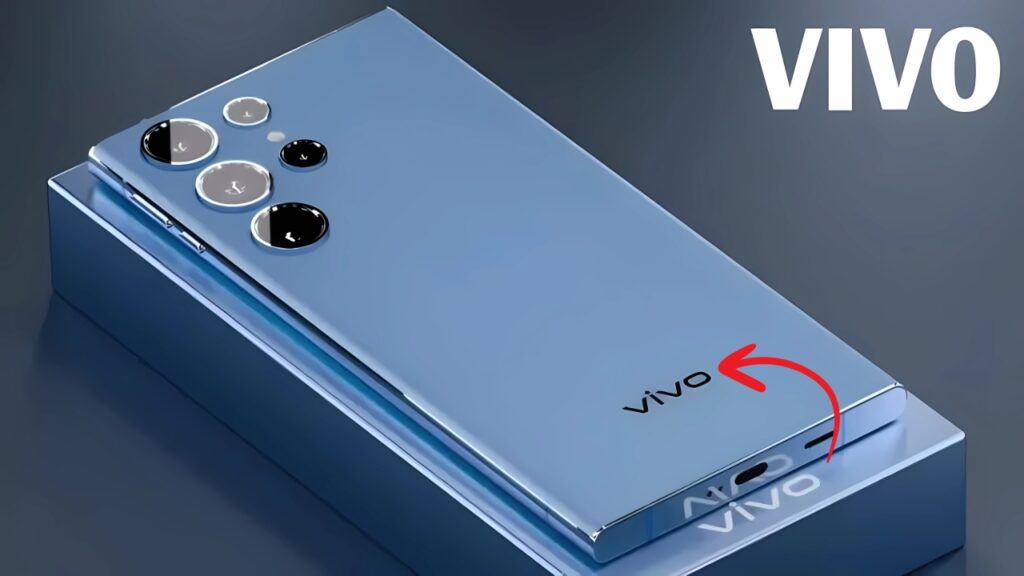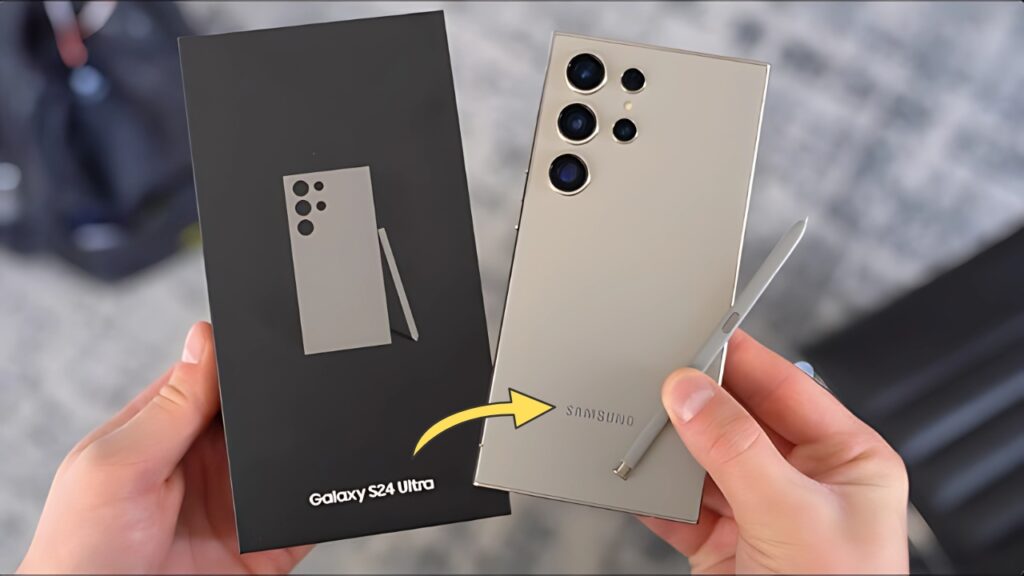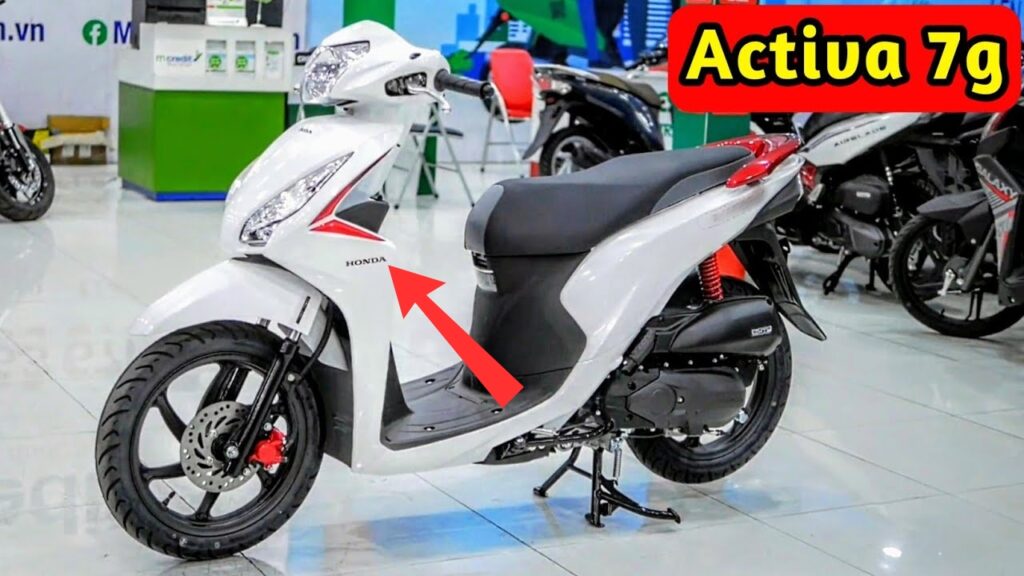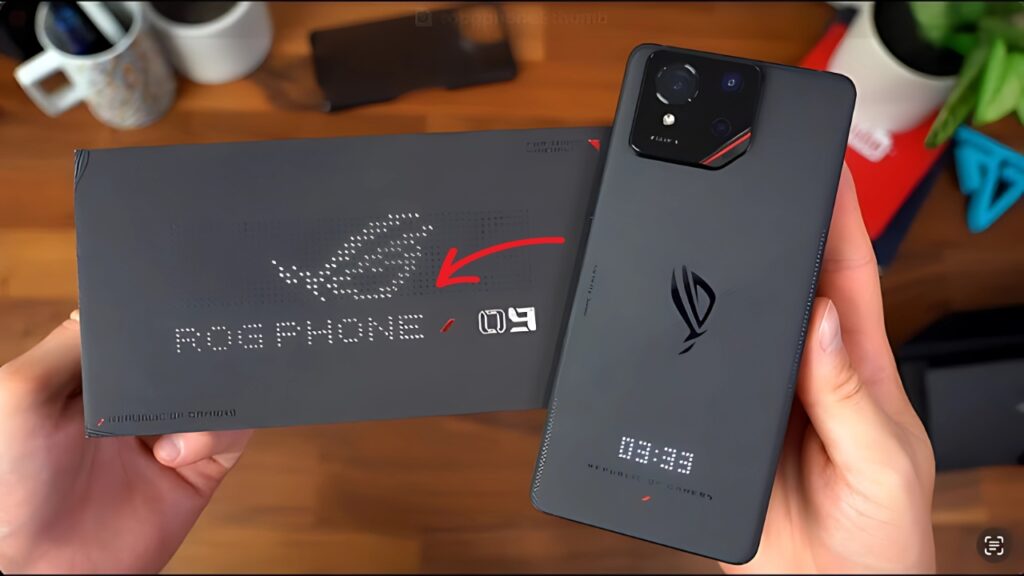Maruti Alto 800 : Maruti Suzuki India Limited is poised to resurrect one of India’s most beloved automotive icons, with the Alto 800 nameplate scheduled to make a dramatic comeback to showrooms in early 2025 after a brief hiatus from the market.
Industry insiders confirm that the revival comes in response to persistent customer demand and nostalgia for the original small car that revolutionized affordable mobility for millions of Indian families over its two-decade journey.
The strategic reintroduction aims to recapture the entry-level segment that has witnessed significant price escalation in recent years, pushing first-time car buyers toward the pre-owned market rather than new vehicles.
Maruti’s decision signals a bold countermove against emerging competitors in the budget segment, particularly as electric vehicles begin their gradual penetration into the lower price brackets of the Indian automotive landscape.
The reinvented Alto 800 will balance modern safety and emissions compliance with the fundamental value proposition that established its legendary status in the Indian market – affordable purchase price, minimal running costs, and reliable operation.
Design Evolution with Nostalgic Touches
The 2025 Alto 800 will feature a distinctive retro-modern design language that pays homage to its iconic predecessors while incorporating contemporary styling elements that appeal to today’s buyers.
Design sketches revealed to select media outlets show a silhouette that maintains the recognizable compact proportions but with subtly more assertive character lines and a marginally increased footprint.
The front fascia incorporates a reinterpreted version of the classic Alto grille pattern, now flanked by larger, more expressive headlamps that house LED daytime running lights on higher variants.
The overall design ethos focuses on maximizing interior space within minimal exterior dimensions, continuing the Alto’s tradition of exceptional space efficiency that has been central to its appeal.
Chrome accents will be strategically limited to higher trim levels, with body-colored bumpers and door handles standard across the range to maintain the value-focused positioning.
Engineering and Platform Architecture
Underpinning the new Alto 800 is Maruti’s evolved HEARTECT-Lite platform, a further optimized version of the architecture that prioritizes weight reduction while enhancing structural rigidity.
Engineering efforts have focused on achieving a curb weight below 800 kg despite the additional safety equipment, preserving the fuel efficiency advantage that has been a hallmark of the Alto lineage.
The platform incorporates reinforced crumple zones and a more rigid passenger cell to meet Bharat NCAP safety requirements without compromising the fundamental lightweight philosophy.
Suspension tuning prioritizes ride comfort over handling dynamics, acknowledging the urban usage patterns and road conditions that most Alto customers encounter in daily driving.
Noise, vibration, and harshness (NVH) levels have received particular attention, with additional insulation materials strategically placed to deliver a more refined cabin experience than previous iterations.
Powertrain Options and Efficiency
| Powertrain | Displacement | Power Output | Torque | Transmission | Fuel Efficiency |
|---|---|---|---|---|---|
| Petrol | 796cc | 48 PS | 69 Nm | 5-speed manual | 24.5 km/l |
| Petrol | 796cc | 48 PS | 69 Nm | 5-speed AGS | 23.8 km/l |
| S-CNG | 796cc | 43 PS | 62 Nm | 5-speed manual | 32.5 km/kg |
| Flex-Fuel | 796cc | 50 PS | 72 Nm | 5-speed manual | 22.7 km/l (petrol) |
The base powertrain maintains the iconic 796cc displacement that gave the model its name, though thoroughly modernized with variable valve timing and improved combustion chamber design.
Transmission options include a slick-shifting 5-speed manual as standard, with the Auto Gear Shift (AGS) automated manual transmission available on mid and top variants to enhance convenience for urban commuters.
The factory-fitted S-CNG variant underscores Maruti’s commitment to affordable alternative fuels, offering exceptional running costs that appeal to budget-conscious private buyers and commercial operators alike.
A notable technological addition is the flex-fuel variant capable of running on E20 (20% ethanol blend) fuel, aligning with India’s roadmap for increased ethanol utilization in the transportation sector.
Start-stop technology debuts on higher variants, further enhancing real-world fuel efficiency particularly in congested urban traffic conditions where the Alto is frequently operated.
Interior and Feature Upgrades
The cabin architecture prioritizes maximum usable space despite the compact exterior dimensions, with ergonomically designed seats offering improved comfort for longer journeys.
Dashboard design maintains simplicity while incorporating a 7-inch SmartPlay touchscreen infotainment system on higher variants, bringing contemporary connectivity to the entry-level segment.
Material quality shows noticeable improvement with textured plastics and more tactile switchgear, though clearly positioned below Maruti’s premium NEXA offerings to maintain cost discipline.
Storage solutions have been cleverly integrated throughout the cabin, acknowledging the practical requirements of buyers who often maximize utility from their sole household vehicle.
Climate control remains a simple yet effective manual system across all variants, prioritizing reliability and serviceability over electronic complexity in keeping with the value proposition.
Safety Enhancements
Dual airbags come standard across all variants, a significant upgrade from earlier generations where passenger airbags were optional or unavailable on base models.
ABS with EBD and rear parking sensors feature on all trim levels, establishing a comprehensive safety baseline regardless of price point.
The body structure incorporates high-tensile steel at strategic points, enhancing crash protection while maintaining the lightweight construction essential for efficiency.
ISOFIX child seat anchors appear for the first time in the Alto’s history, acknowledging the family usage patterns typical among its core customer base.
Electronic stability control becomes available on higher variants, introducing active safety technology previously reserved for more premium segments.
Technology Integration
Smartphone connectivity becomes standard through USB and Bluetooth interfaces, with Apple CarPlay and Android Auto available on models equipped with the touchscreen infotainment system.
The digital instrument cluster provides essential information with clarity, incorporating a gear shift indicator to promote efficient driving habits.
Over-the-air update capability for infotainment systems ensures longevity of the technology package, a forward-thinking feature in this price-sensitive segment.
The Suzuki Connect telematics suite offers location tracking, geofencing, and vehicle diagnostics for enhanced ownership experience and security.
Voice recognition functionality responds to natural language commands for phone, audio, and navigation functions, reducing driver distraction.
Market Positioning and Variant Strategy
The reintroduced Alto 800 targets an aggressive starting price point that undercuts most competitors, with Maruti leveraging its manufacturing scale and supply chain efficiencies to achieve this positioning.
A simplified variant structure features just three trim levels – LXi, VXi, and ZXi – each with clearly defined feature sets to simplify the buying decision for first-time purchasers.
Special editions are planned throughout the product lifecycle, offering cosmetic enhancements and feature bundles to maintain market interest without requiring significant engineering investment.
Fleet operator packages include extended warranty and maintenance plans tailored to commercial usage patterns, expanding the Alto’s already strong presence in the taxi and rental segments.
Accessory packages allow personalization while generating additional dealer revenue, with urban, rugged, and premium themes catering to diverse customer preferences.
Production and Availability
Manufacturing will be centered at Maruti Suzuki’s Gurugram facility, where significant portions of the production line have been automated to ensure consistent quality while controlling costs.
Initial production capacity is set at 12,000-15,000 units monthly, with flexibility to scale based on market response and seasonal demand variations.
Localization levels exceed 95% by value, insulating the model from currency fluctuations and import disruptions while supporting India’s manufacturing ecosystem.
The supply chain has been meticulously optimized with dual sourcing for critical components, applying lessons learned during recent global disruptions to ensure production continuity.
Dealer allocations will initially prioritize regions with historically strong Alto sales, gradually expanding nationwide as production volumes stabilize.
Target Demographics and Market Segments
First-time car buyers transitioning from two-wheelers remain the primary target, with the pricing strategy specifically designed to minimize the financial leap from premium motorcycles.
Urban families seeking an additional household vehicle for short commutes and shopping trips represent a growing segment, particularly as traffic congestion makes two-wheeler usage less practical.
Rural markets continue to show strong potential as road infrastructure improves, with the Alto’s simplicity and serviceability perfectly aligned with areas having limited dealer networks.
Commercial operators in the ride-hailing and rental sectors appreciate the exceptional total cost of ownership, particularly with the CNG variant’s economic advantages.
Young professionals in tier-2 and tier-3 cities entering the workforce find the Alto’s combination of formal transportation with minimal financial burden particularly appealing.
Ownership Experience Enhancements
Warranty coverage extends to 2 years/40,000 kilometers as standard, with options to extend to 5 years/100,000 kilometers at nominal additional cost.
Service intervals remain at 10,000 kilometers or 12 months, minimizing maintenance disruption while ensuring mechanical longevity through regular attention.
Maruti’s extensive service network ensures support availability even in remote areas, a critical consideration for buyers with limited access to authorized workshops.
Digital service booking and history tracking through the Maruti Care app simplifies the maintenance experience, with transparent pricing visible before appointments.
Insurance costs benefit from the vehicle’s classification and safety equipment, with special arrangements negotiated with providers to enhance the value proposition.
Competitive Landscape Analysis
The reintroduced Alto 800 enters a transformed entry-level landscape where previous competitors have moved upmarket, creating an opportunity to reclaim the true budget segment.
Direct competition now comes primarily from Renault Kwid, Datsun redi-GO, and potentially upcoming models from emerging brands targeting value-conscious customers.
The pricing strategy positions the base variant below all significant competitors, creating a unique value proposition for extremely cost-sensitive buyers.
Feature-to-price ratio comparisons highlight the Alto’s focused approach of delivering essential equipment without costly additions that raise the entry price unnecessarily.
The legendary resale value of the Alto nameplate provides a significant competitive advantage, with total cost of ownership calculations favoring the Maruti offering despite similar purchase prices.
Future Roadmap and Evolution
An electrified variant is under development for introduction approximately 18 months after the conventional models, representing Maruti’s most affordable entry into the EV space.
Autonomous emergency braking and lane departure warning are slated for mid-lifecycle enhancement, preparing the platform for evolving safety regulations.
Alternative fuel research continues, with the possibility of hydrogen fuel cell technology being tested on the Alto platform as part of Maruti’s broader alternative energy strategy.
Connected car features will expand through software updates, progressively adding functionality without requiring hardware changes or model-year updates.
Limited edition collaborations with fashion brands and cultural events are planned to maintain brand relevance with younger demographics throughout the product lifecycle.
Maruti Alto 800 Conclusion
The 2025 resurrection of the Alto 800 represents Maruti Suzuki’s commitment to its foundational philosophy of democratizing car ownership in the Indian market.
By maintaining the essential character of affordability while embracing necessary modernization, the new Alto aims to reignite the entry-level segment that launched countless Indians into car ownership.
The strategic timing capitalizes on current market uncertainties, offering a proven and familiar option for conservative buyers hesitant about emerging technologies or uncertain economic conditions.
For Maruti Suzuki, the Alto revival reinforces its identity as India’s people’s car manufacturer even as it simultaneously expands into premium segments through other product lines.
As personal mobility remains an aspiration for millions of Indian households, the Alto 800’s return ensures that the dream of car ownership remains within reach for the next generation of first-time buyers.
